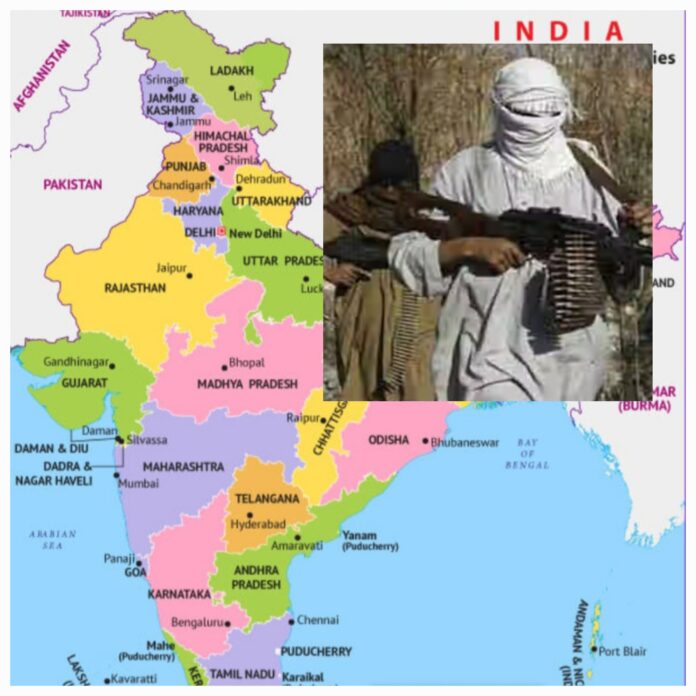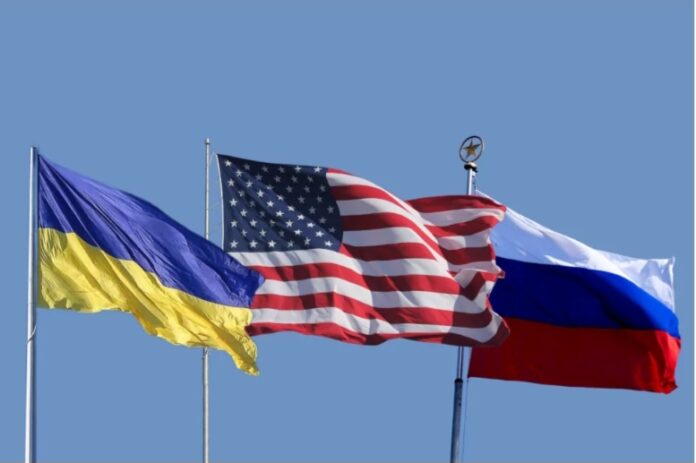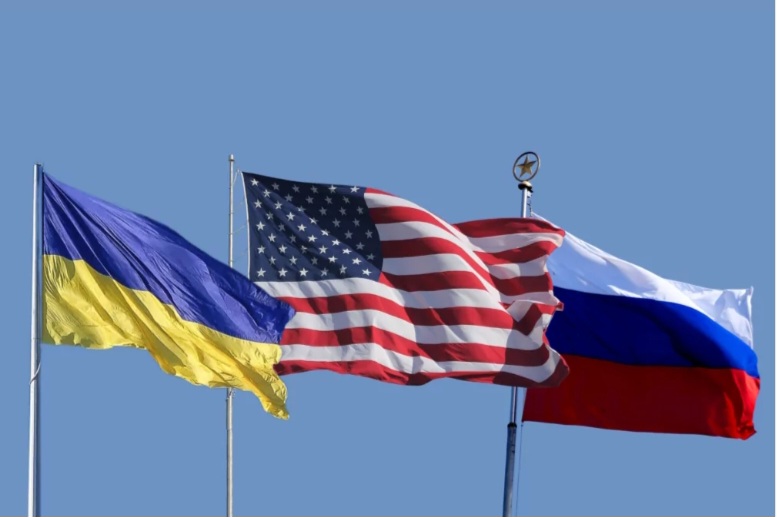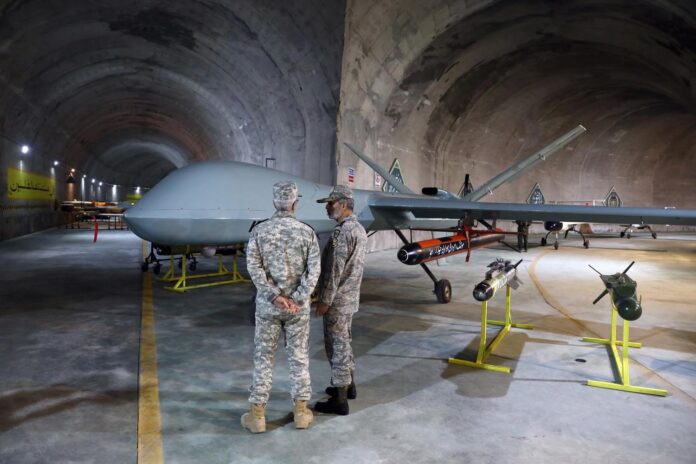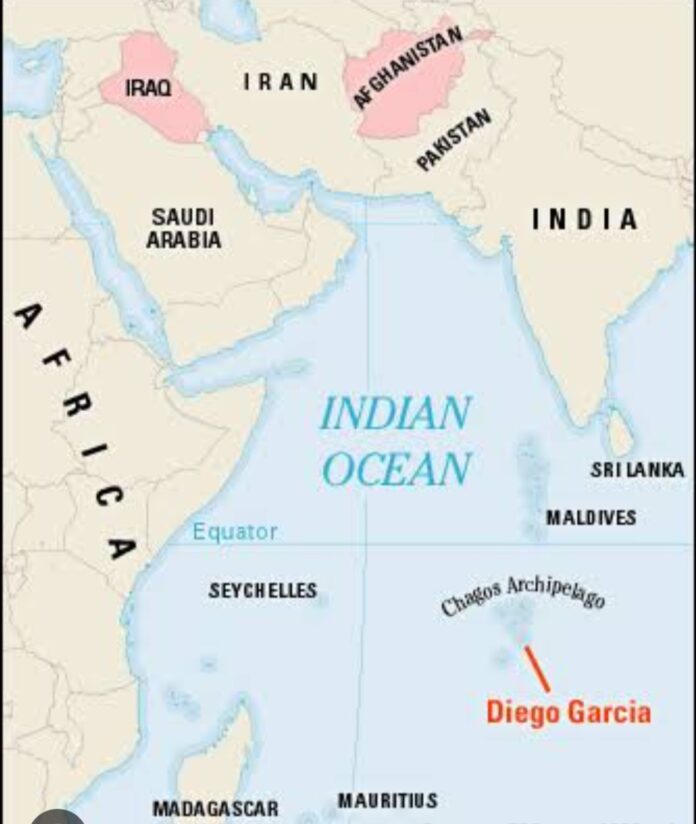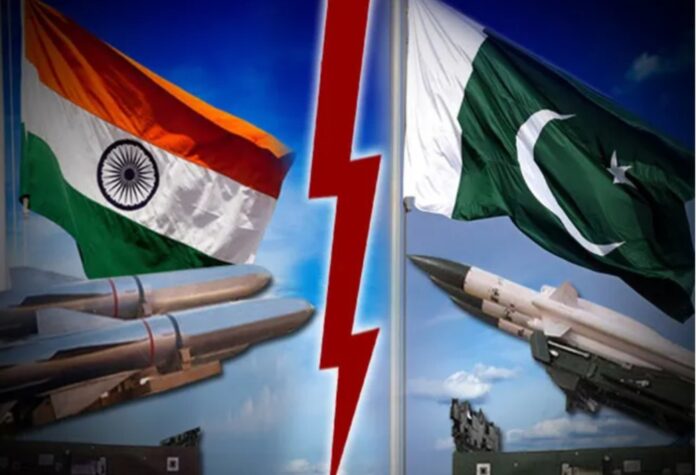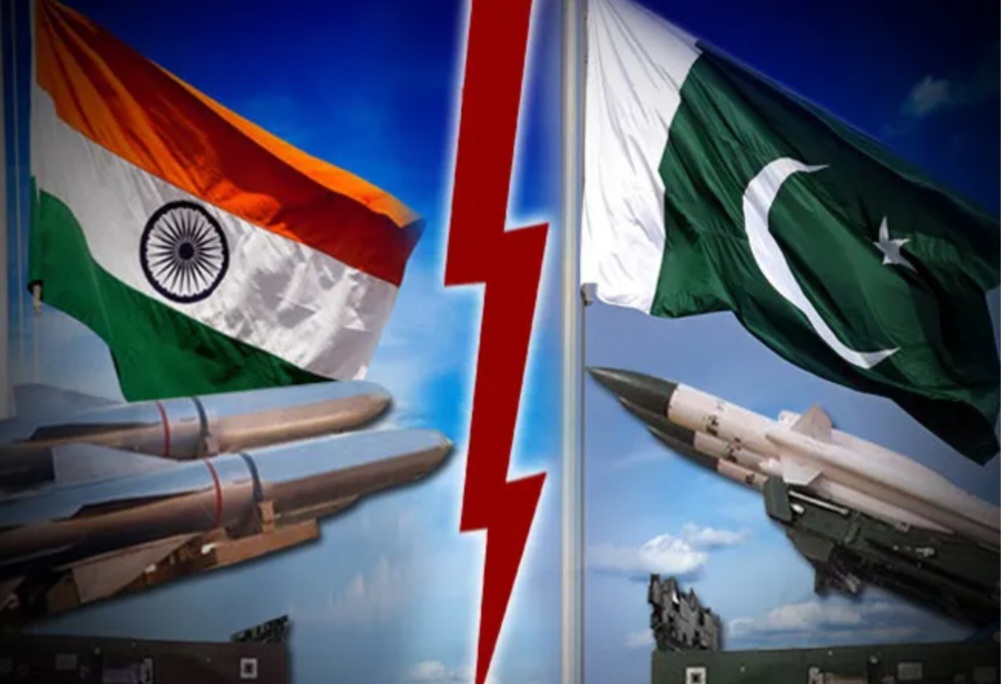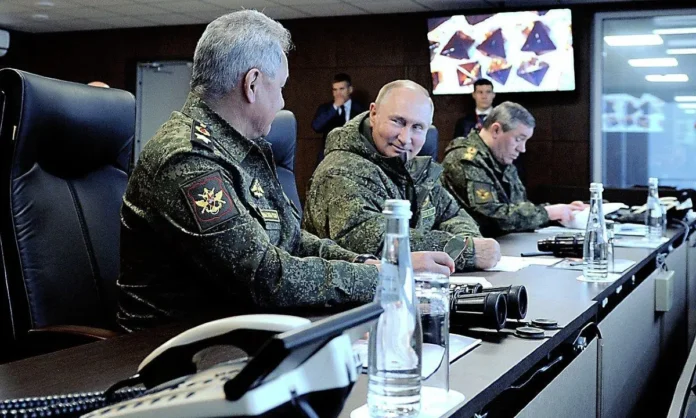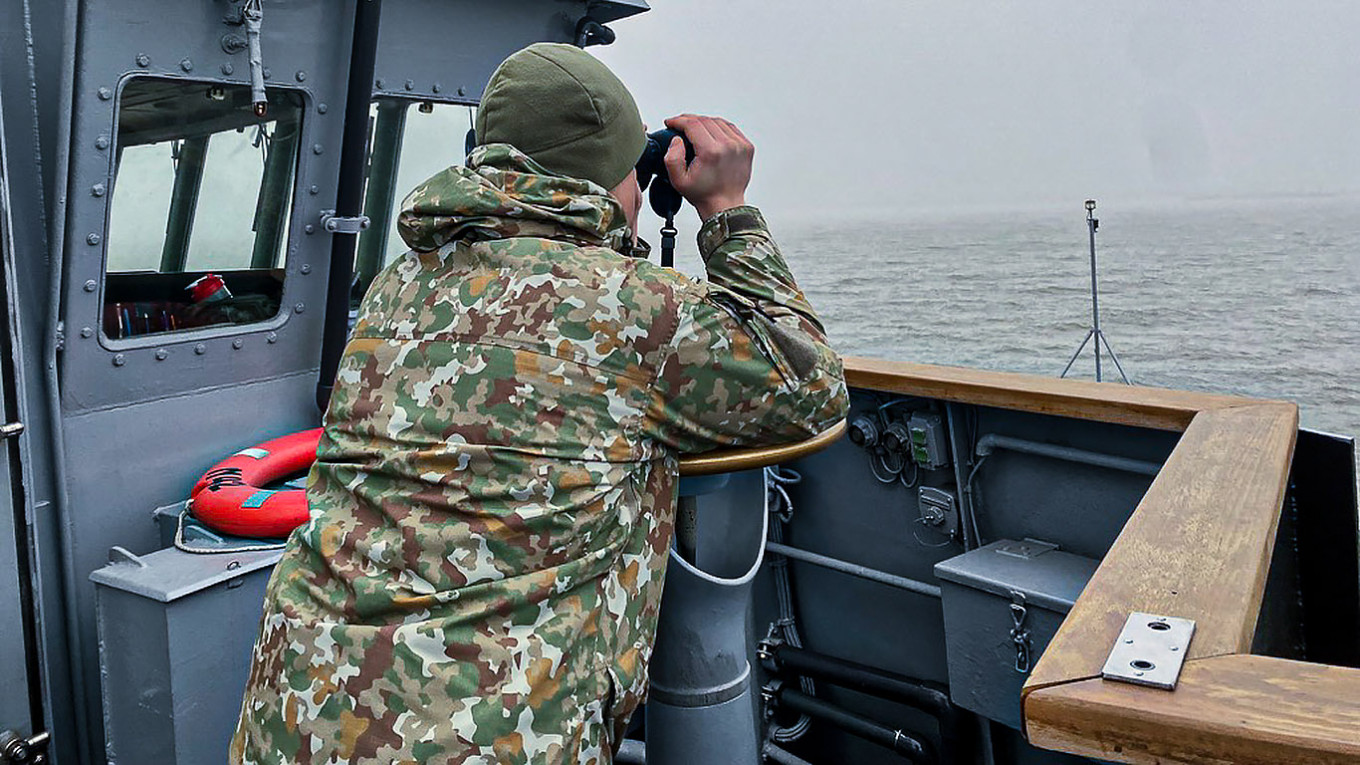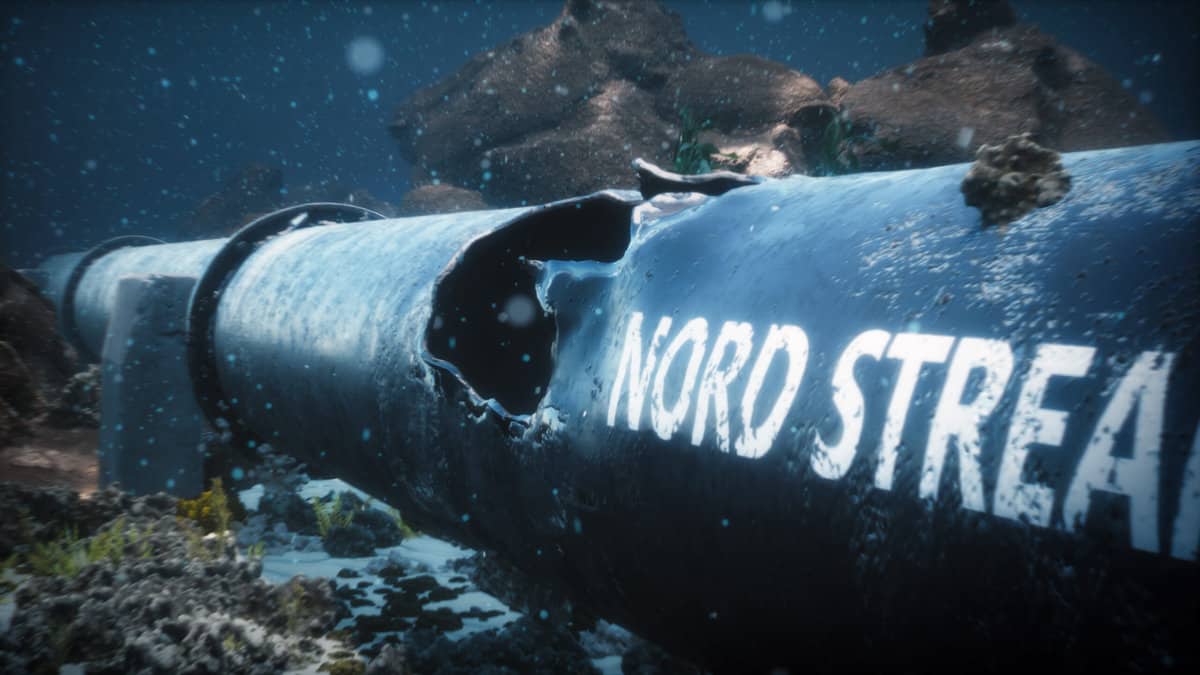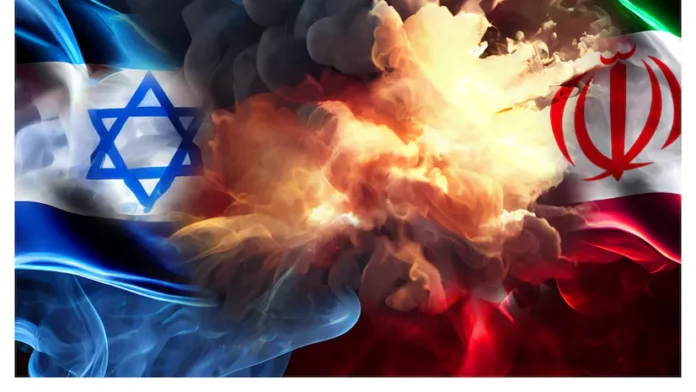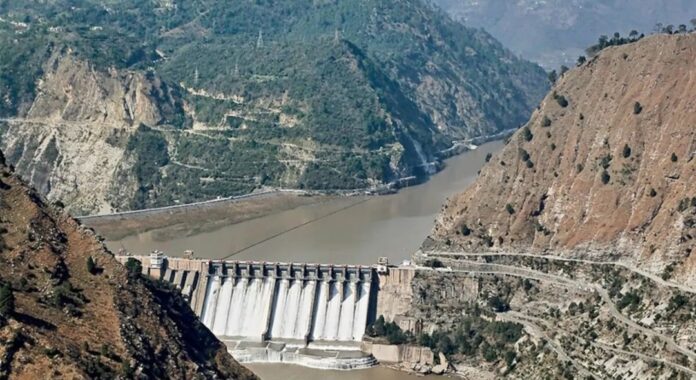By: Lt Col JS Sodhi (Retd), Editor, GSDN
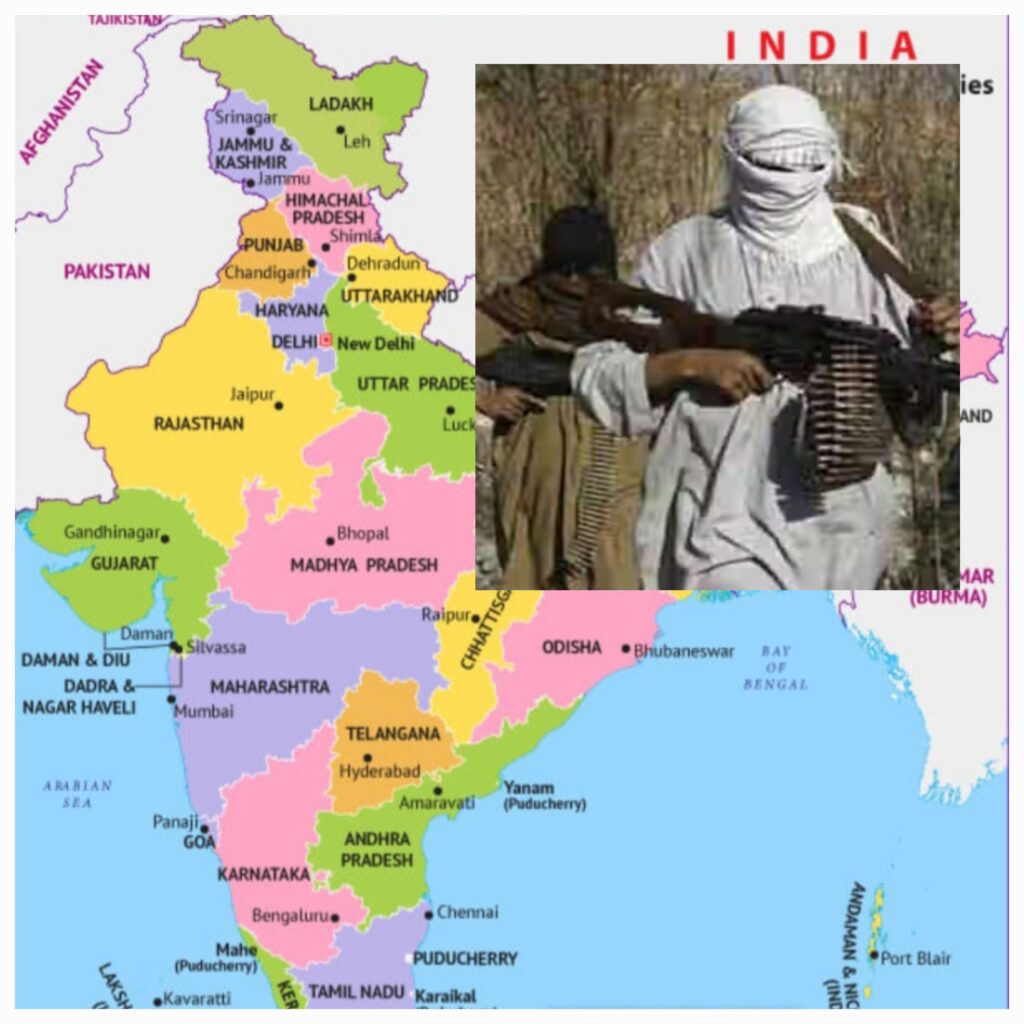
In the early-1980s as a school student whenever the author visited his maternal grandparents in Mohali, Punjab, there was an uneasy feeling amongst all family members and acquaintances as terrorism was at the peak in this border state of India. The fear would get accentuated as the dusk fell and after last light there was virtually no movement on the roads of Punjab.
The terrorism in Punjab was the first testbed of Pakistan’s military doctrine “Bleed India with a Thousand Cuts”. The terrorism which lasted in Punjab for the 15-year period from 1980 to 1995, resulted in the death of 13,442 civilians and security forces personnel.
In the end-1980s as terrorism started waning in Punjab, another border state of India, Jammu & Kashmir saw the onset of terrorism. This time too, Pakistan aided and abetted terrorism and for the 36-year period that terrorism has been ongoing in Jammu & Kashmir since end-1989, it has resulted in the death of 42,143 civilians and security forces personnel in the period 1989-2024.
Why is it that terrorism ended in Punjab in 15 years and for over 36 years this menace is not ending in Jammu & Kashmir, though in both the cases Pakistan is the main abettor and both the Indian states border Pakistan?
Two main reasons explain the above predicament. One, local support in Jammu & Kashmir. Two, the two-front war that China & Pakistan will wage on India in 2035, for which Jammu & Kashmir will be used as the inflection point by Pakistan to initiate the war.
Local Support for Terrorism in Jammu & Kashmir
As for a person to remain alive, oxygen is vital, similarly for terrorism to thrive, local support is of paramount importance. Without local support, terrorists can’t operate for a single day.
A miniscule population of Jammu & Kashmir still support terrorism. Though these supporters often called as Over Ground Workers (OGWs) are very less in number of the 13.5 million population residing in Jammu & Kashmir, but is significant enough to ensure that terrorism still continues for over 36 years.
Sample this. After the horrendous Pahalgam terrorist attack in Jammu & Kashmir on April 22, 2025 in which four Pakistan-armed and trained terrorists killed 26 male tourists on basis of religious profiling, 15 OGWs were arrested in Jammu & Kashmir for facilitating the Pahalgam carnage.
The OGWs support the terrorists for two main reasons – money and religious indoctrination.
OGWs & Money
The going rate for monetary renumeration given by the terrorists to the OGWs is Rs 500 (US$ 5.83) for a meal eaten by the terrorists in an OGW’s residence and Rs 1000 (US$ 11.67) for a night spent by the terrorists in an OGW’s house.
For these measly sums of money an OGW puts his/her nation in jeopardy which has disastrous consequences. It is not that all the OGWs are poor and hence they succumb to these monetary temptations. Some of the OGWs are financially fine, with few of them being in government jobs. Clearly, the dazzle of few extra bucks blinds these OGWs.
OGWs & Religious Indoctrination
The terrorists operating in Jammu & Kashmir are either locals or Foreign Terrorists (FTs). Either way, they are recruited by Pakistan based on their religion Islam. As Pakistan is a Muslim-majority nation with 96% of its population being Muslims, it uses Islam to indoctrinate and recruit locals of Jammu & Kashmir for terrorism and cultivating OGWs.
Jammu & Kashmir has 68.8% Muslims and 11 out of the 20 districts of Jammu & Kashmir are Muslim-majority. With the advent of technology and the use of the social media in a big way, Pakistan uses these platforms to subvert the youth using Islam as the main-stay for luring the youth to terrorism, either overtly or covertly.
What can be done?
In a report on how terrorist groups end published by the RAND Corporation, a highly-credible US global policy think-tank, on June 30, 2008 highlighted that only 7% of the terrorists’ groups ended by using military force whereas 43% ended through political dialogues, 40% through effective policing and 10% after the objectives of the terrorist organisations had been achieved.
For over 36 years, the military and police have performed beyond the call of duty to contain and combat terrorism.
Certainly, after the abrogation of Article 370 and 35A on August 05, 2019, Jammu & Kashmir has seen increased peace and prosperity. From the year 2018 witnessing 146 civilians and security forces personnel being killed in terrorist incidents, the year 2024 saw the numbers slumping down to 58. Where 0.85 million tourists visited Jammu & Kashmir in 2018, the numbers surged to 20.35 million in 2024.
More employment opportunities need to be created in Jammu & Kashmir as is more investment required. Though the unemployment has decreased in Jammu & Kashmir to 6.1% in 2023-24 from 6.7% in 2019-20, it is higher than the national unemployment rate of 4.9% in 2023-24.
After the abrogation of Article 370 & 35A in 2019, Jammu & Kashmir has attracted more investments with US$ 1.229 billion being invested till 2024 in the six-year period.
The more the prosperity comes in, the lesser will the youth get entrapped in terrorism.
China & Pakistan’s two-front war on India in 2035
According to the 2024 Annual Threat Assessment released on February 05, 2024 by the Director of National Intelligence, USA, since the relations of India with both China and Pakistan are fragile, it is likely to result in a war between these three nations.
On March 17, 2025, General Upendra Dwivedi, the Chief of the Army Staff, Indian Army stated that the two-front war on India isn’t a possibility, but a reality.
All timelines in the public domain point to the year 2035 when China and Pakistan will jointly wage the two-front war on India. The details have been explained in the book authored by the author “China’s War Clouds: The Great Chinese Checkmate”.
In 2035, Pakistan will use the ongoing terrorism in Jammu & Kashmir as the inflection point to initiate the war for India, who will then be joined by China which will attack India for Arunachal Pradesh. Till 2035, Pakistan will do everything possible to keep terrorism alive in Jammu & Kashmir.
Consequent to the Pahalgam terrorist attack in April 2025, India and Pakistan were locked in the 88-hour military conflict called Operation Sindoor by India and Operation Bunyan um-Marsoos by Pakistan. In this 88-hour India-Pakistan Conflict, China openly aided Pakistan militarily, economically and diplomatically.
As always, India won another round of war/conflict against Pakistan with ease. The earlier four military duels between the two nuclear-armed neighbours of South Asia in 1947-49, 1965, 1971 and 1999, have always resulted in clear military victories of India over Pakistan.
The next big military challenge for India will be the two-front war with China and Pakistan in 2025.
On August 07, 2023, General MM Naravane (Retd), the 28th Chief of the Army Staff of the Indian Army wrote in The Print that the two-front war will pose difficulties for India.
What should be done?
Centuries back, Chanakya the noted Indian military strategist had remarked that from the strength of the treasury, increases the military power.
India needs to do three things on priority. First is to increase the defence budget to 3% of the Gross Domestic Product (GDP). Steadily, India’s defence budget has been decreasing over the years as percentage of the GDP. In 2019, India’s defence budget was 2.5% of the GDP which has reduced to 1.9% of the GDP in 2025. With increased defence budget, the state of art weapon systems can be manufactured or procured.
Secondly, to decrease the timelines for defence procurement and direct the Integrated Financial Advisors (IFAs) to expedite the clearances for defence purchases by various military formations.
Thirdly, utmost importance should be given for developing Artificial Intelligence (AI) and integrating it in the defence formations and weapon systems, for AI will play a pivotal role in the future wars to be waged by China. Russian President Vladimir Putin on September 01, 2017 remarked that the nation which will lead in AI will rule the world. China is well on its track to become the global leader in AI by 2030.
Conclusion
While terrorism in Punjab could be crushed in 15 years, the ongoing terrorism for over 36 years in Jammu & Kashmir has acquired huge strategic implications which will culminate in the two-front war in 2035.
Methods and measures have to be adopted on a war-footing to counter terrorism as well as prepare for the two-front war. 2035 is just a decade way. One way to look at 2035 is that there is ample time of one decade, the other way is that the time duration of one decade is less.
Either way, the challenge confronting India is too serious to ignore.

